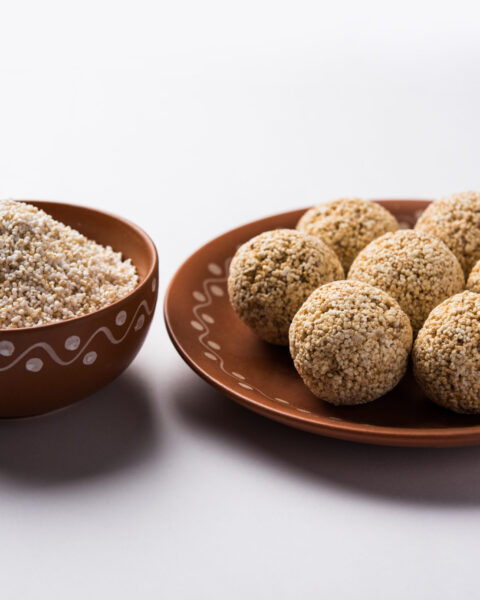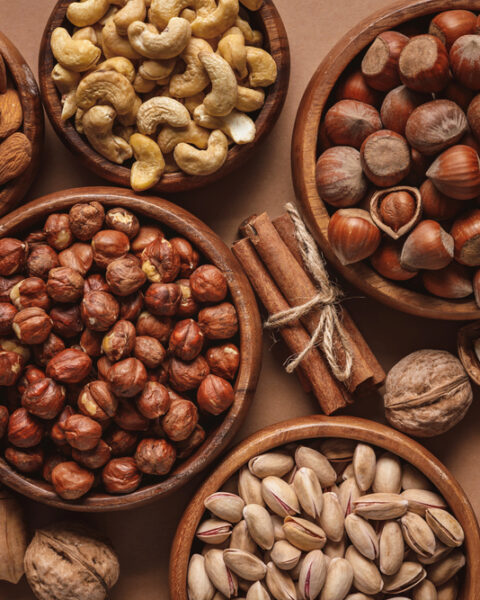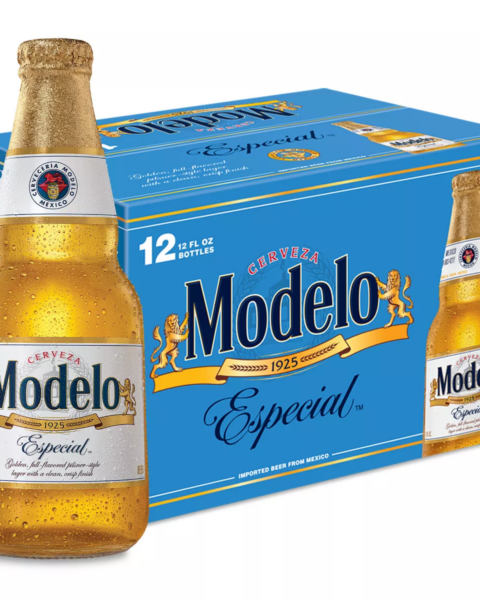Managing blood sugar levels is crucial for sustained energy and overall health, especially for those with diabetes or insulin resistance. Choosing foods that have a low glycemic index can help keep glucose levels stable, preventing the spikes and crashes that lead to fatigue, hunger, and other health concerns. These low-glycemic foods release sugar into the bloodstream gradually, providing steady energy and helping with weight management and improved metabolic health.
Contents
- 1 Lentils
- 2 Chickpeas
- 3 Steel-Cut Oats
- 4 Sweet Potatoes
- 5 Quinoa
- 6 Berries
- 7 Apples
- 8 Carrots
- 9 Nuts
- 10 Greek Yogurt
- 11 Flaxseeds
- 12 Beans
- 13 Spinach
- 14 Barley
- 15 Oranges
- 16 More From RetailShout
- 17 15 Affordable Fall Storage Finds at Walmart for Under $50
- 18 18 Traditional Sunday Dinners from the ‘50s You‘ll Want to Try
Lentils
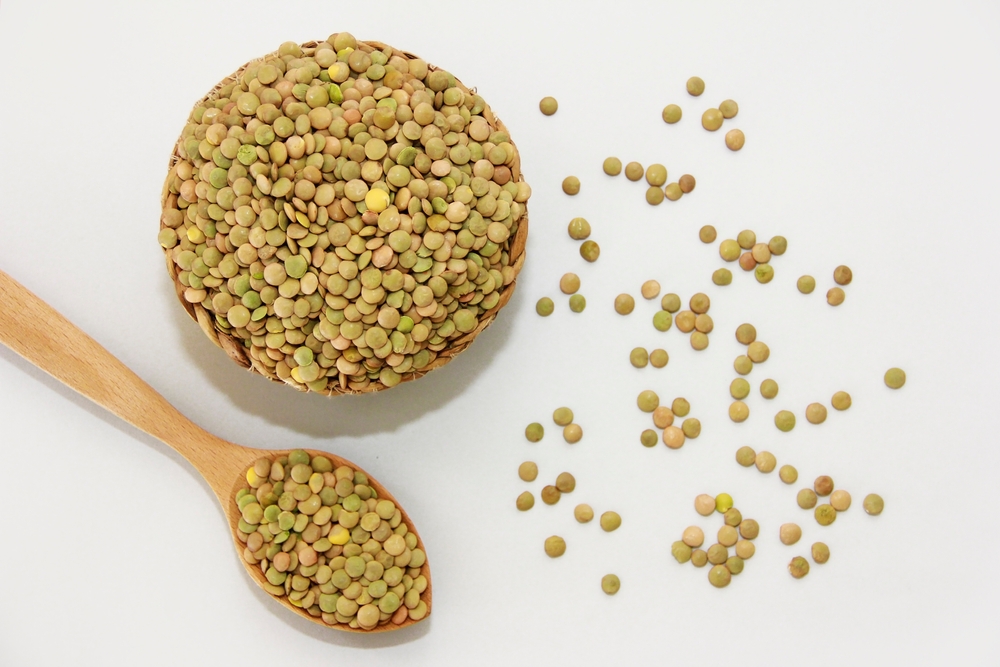
Lentils are rich in fiber and protein, making them excellent for controlling blood sugar. Their low glycemic index means they release energy slowly, which helps to prevent blood sugar spikes. High in complex carbohydrates, they provide sustained energy without causing rapid blood sugar increases. Lentils also offer essential nutrients like folate, iron, and potassium, which are beneficial for overall health. Incorporating lentils into soups, salads, or stews can help you maintain steady glucose levels.
Chickpeas
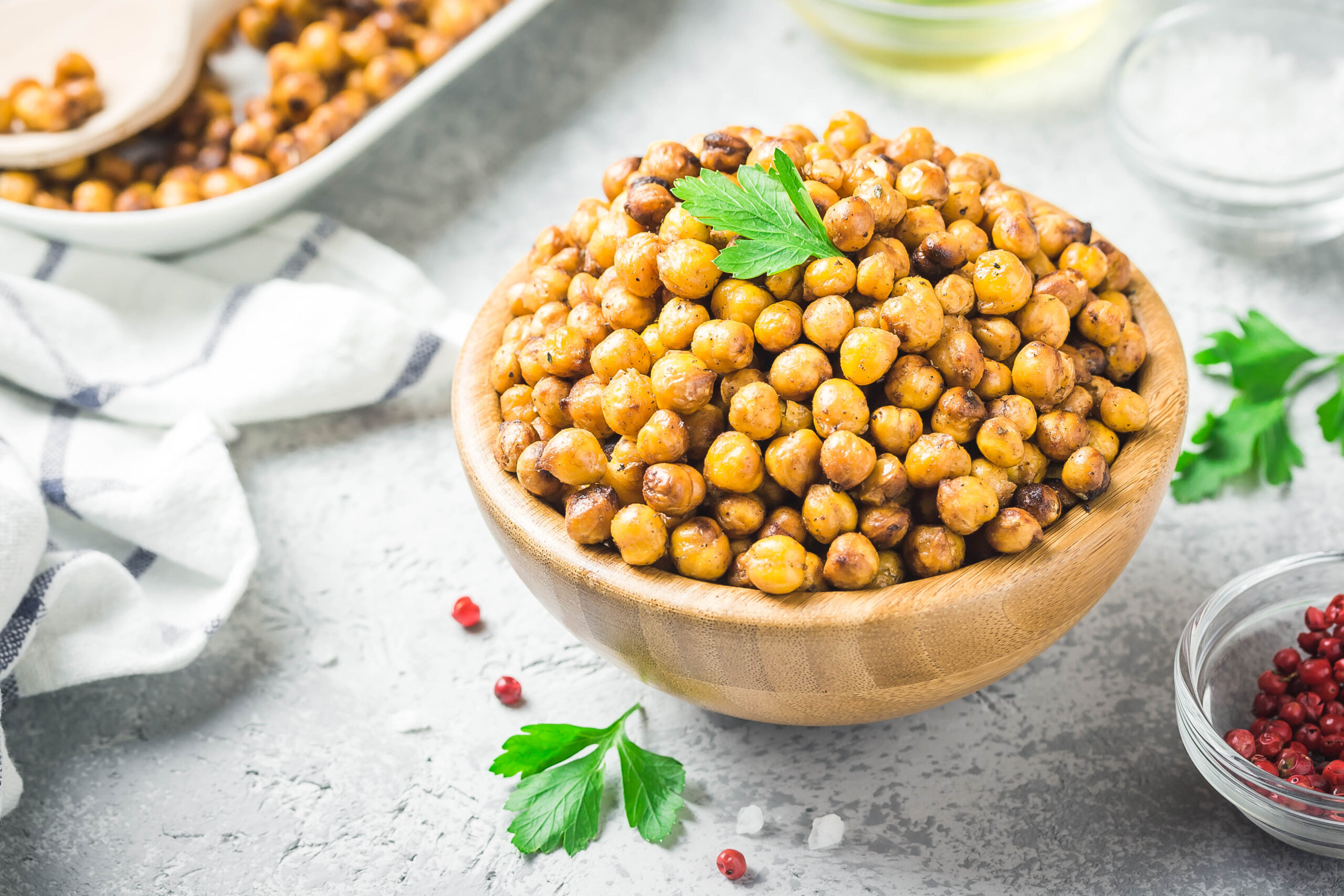
Chickpeas are a great source of fiber and protein, both of which are important for stabilizing blood sugar. They have a low glycemic index, so they digest slowly, providing a steady source of energy. Chickpeas are versatile and can be added to salads, made into hummus, or included in various dishes to boost nutritional value. They’re also rich in magnesium, a mineral that plays a role in regulating blood sugar levels. Regular consumption of chickpeas may support better glucose control over time.
Steel-Cut Oats
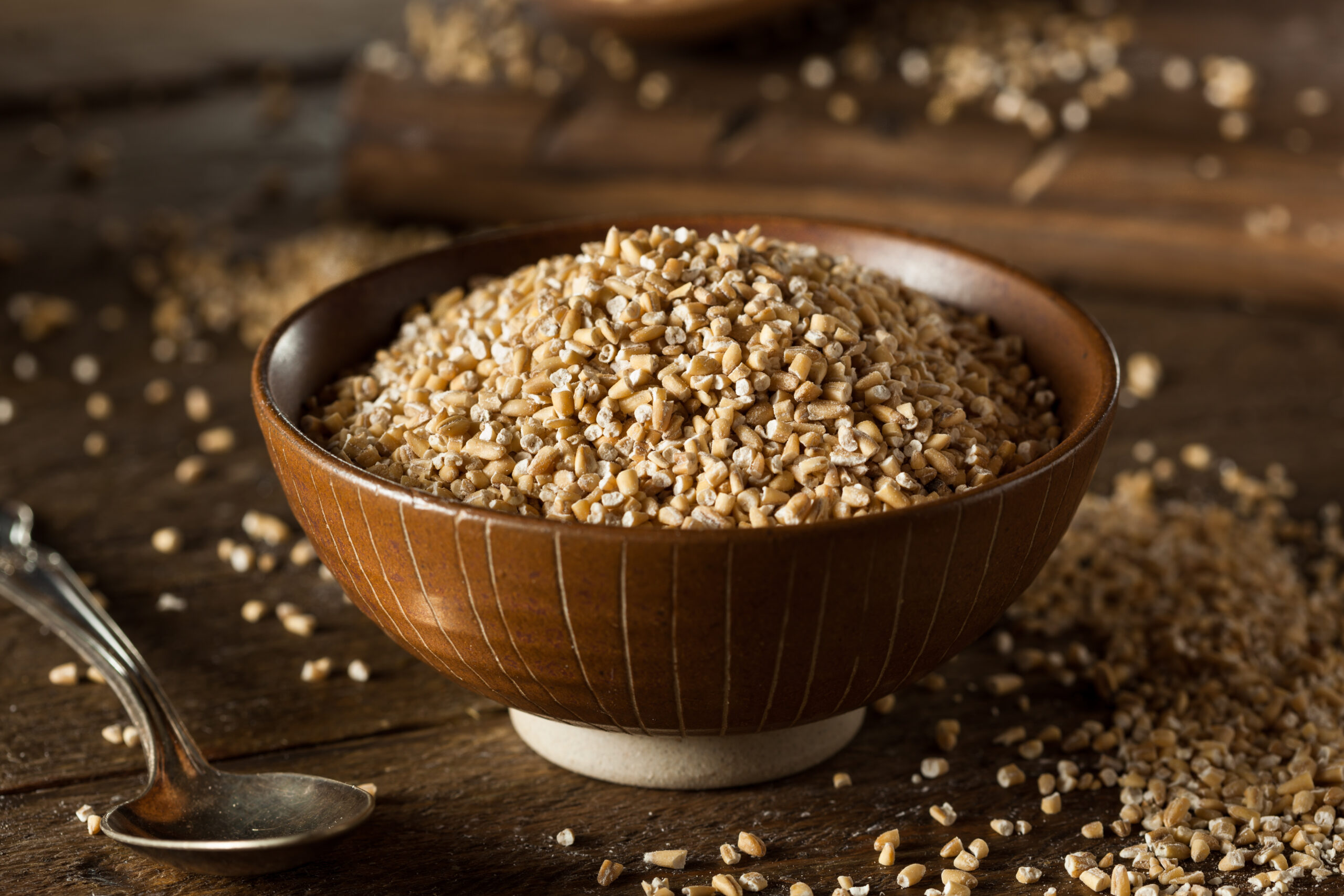
Unlike instant oats, steel-cut oats have a lower glycemic index, which helps prevent rapid blood sugar spikes. They’re packed with soluble fiber, particularly beta-glucan, which can slow down digestion and improve blood sugar response. Steel-cut oats also provide a good source of complex carbs that offer sustained energy. When combined with nuts, seeds, or berries, oats make a balanced breakfast for blood sugar control. For the best results, avoid adding sugary toppings and opt for natural sweeteners like cinnamon.
Sweet Potatoes
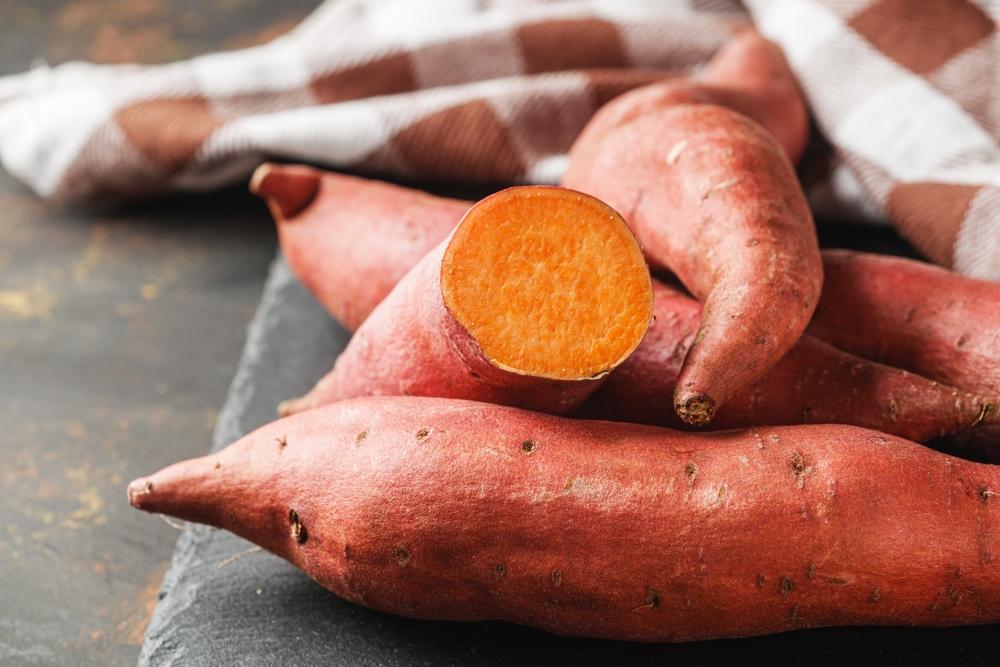
Sweet potatoes are a low-glycemic alternative to regular potatoes, helping to stabilize blood sugar levels. They’re high in fiber, particularly when eaten with the skin, which slows down digestion and absorption. Sweet potatoes are also rich in vitamins, such as vitamin C and beta-carotene, which support immune health. Their natural sweetness can curb cravings for high-sugar foods, making them a nutritious addition to any meal. Baking or roasting them preserves their nutrients while keeping their glycemic index low.
Quinoa
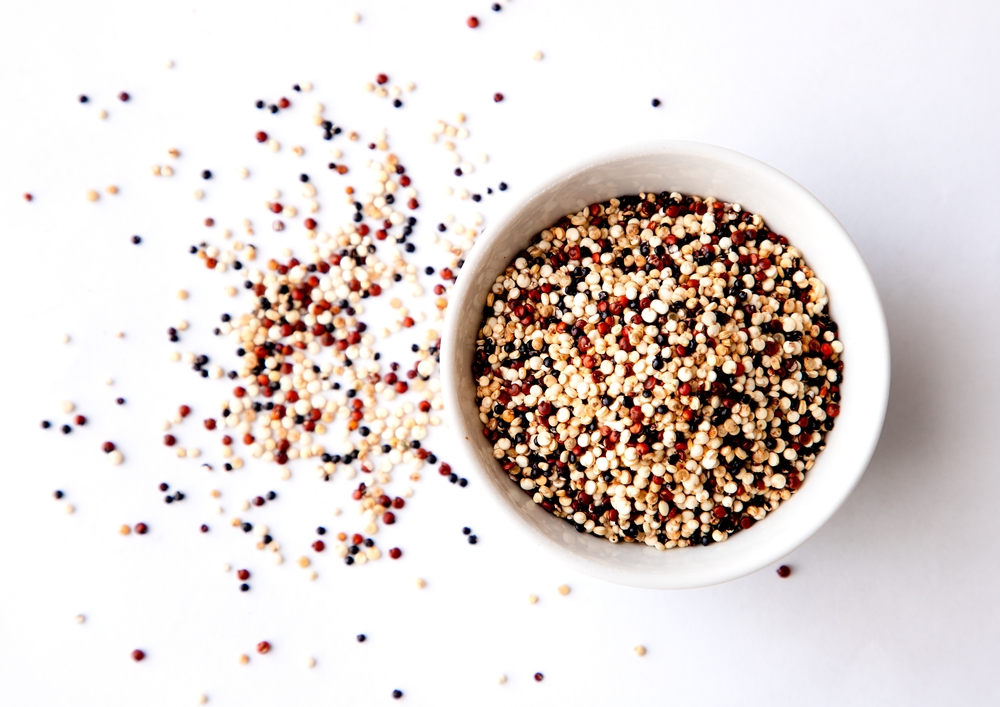
Quinoa is a whole grain with a low glycemic index, making it a smart choice for blood sugar management. It’s high in protein, containing all nine essential amino acids, which can slow the digestion of carbohydrates. Quinoa is also a good source of fiber, helping to maintain stable glucose levels and providing lasting energy. This grain is packed with antioxidants and minerals like magnesium and potassium, further supporting metabolic health. It’s easy to incorporate into salads, bowls, or as a side dish to support balanced blood sugar.
Berries
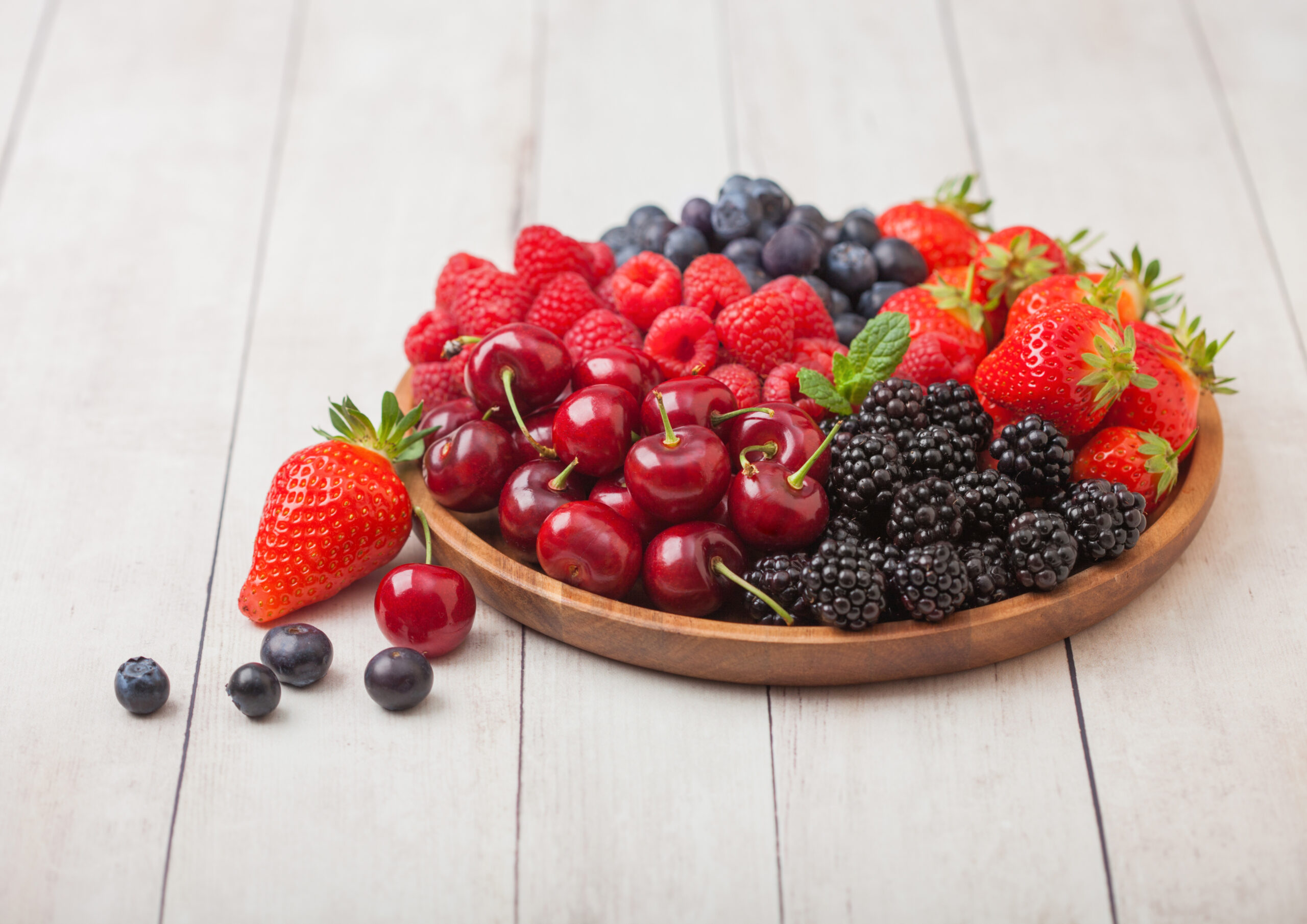
Berries such as blueberries, strawberries, and raspberries have a low glycemic index and are rich in fiber. They’re also packed with antioxidants like anthocyanins, which may help reduce blood sugar spikes after meals. Berries are low in calories and high in vitamins, making them a healthy snack or dessert option. Their natural sweetness satisfies sugar cravings without significantly impacting glucose levels. Including a handful of berries in your diet daily can support stable blood sugar.
Apples
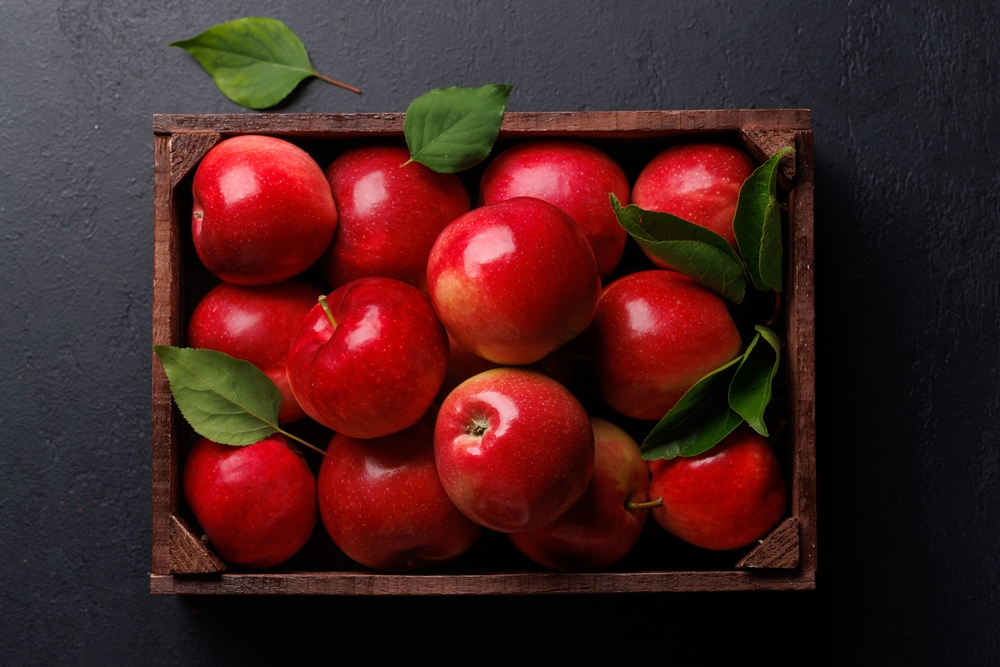
Apples have a low glycemic index and are high in fiber, especially pectin, which helps control blood sugar levels. The fiber content in apples slows down digestion and prevents rapid glucose absorption. Apples are also a source of vitamins and antioxidants that promote heart health and reduce inflammation. Eating apples with the skin on maximizes their fiber content, making them an even better choice for blood sugar control. They’re a convenient snack for on-the-go, helping to stabilize energy levels throughout the day.
Carrots
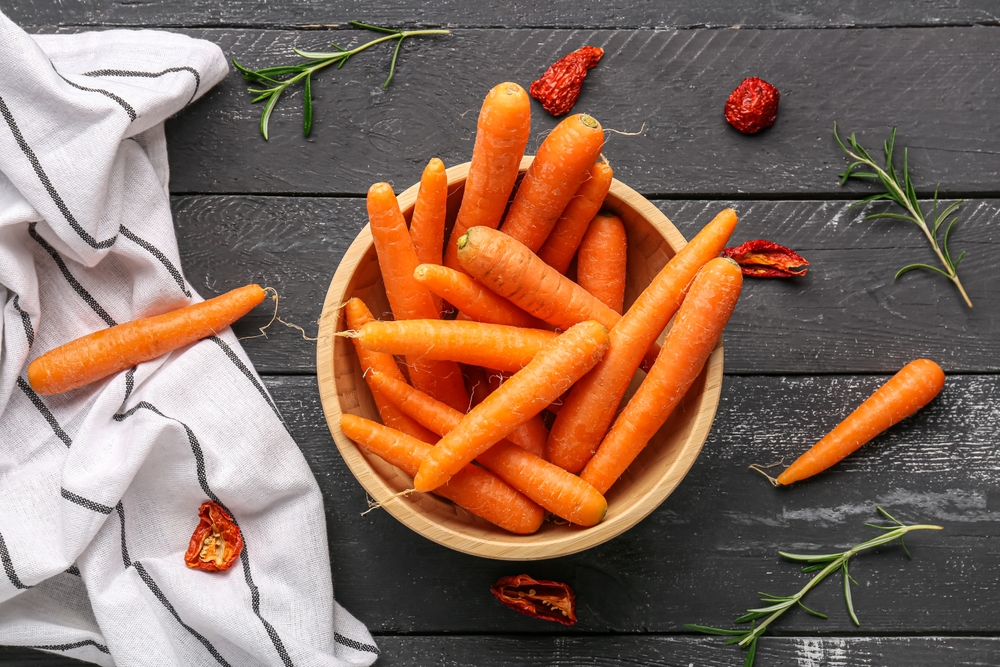
Carrots are a non-starchy vegetable with a low glycemic index, ideal for maintaining stable blood sugar levels. They’re rich in beta-carotene, a powerful antioxidant that supports vision and immune health. Carrots can be eaten raw, roasted, or added to salads and soups for extra fiber and nutrients. Their natural sweetness makes them a satisfying snack, especially when paired with a protein like hummus. Including carrots in meals can help keep blood sugar steady due to their slow-releasing carbohydrates.
Nuts
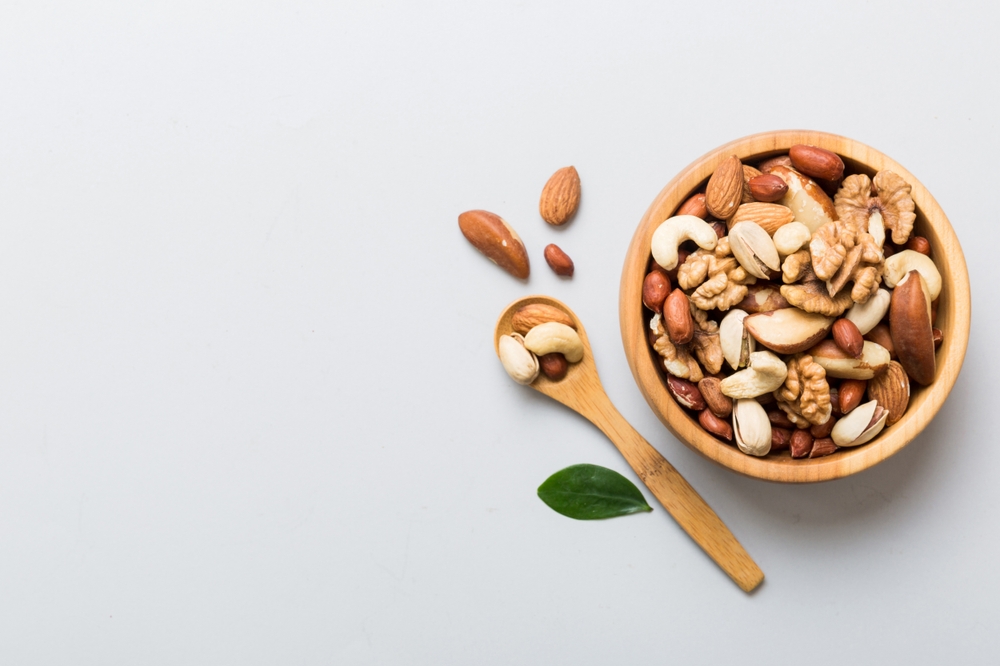
Nuts like almonds, walnuts, and pistachios have a low glycemic impact, making them excellent for blood sugar control. They’re high in healthy fats and protein, both of which help slow digestion and stabilize blood glucose. Nuts are also packed with fiber and essential minerals, supporting heart and metabolic health. A handful of nuts makes a satisfying snack that helps prevent spikes in blood sugar after meals. However, be mindful of portion sizes, as nuts are calorie-dense.
Greek Yogurt

Greek yogurt is low in carbs but high in protein, which can help stabilize blood sugar levels. It also contains probiotics, beneficial bacteria that may improve gut health and glucose metabolism. Greek yogurt has a creamy texture that makes it a satisfying, low-glycemic snack or breakfast option. Choose unsweetened varieties to avoid added sugars, and add fresh fruit or seeds for natural flavor and fiber. This combination can help prevent blood sugar fluctuations and keep you feeling full longer.
Flaxseeds
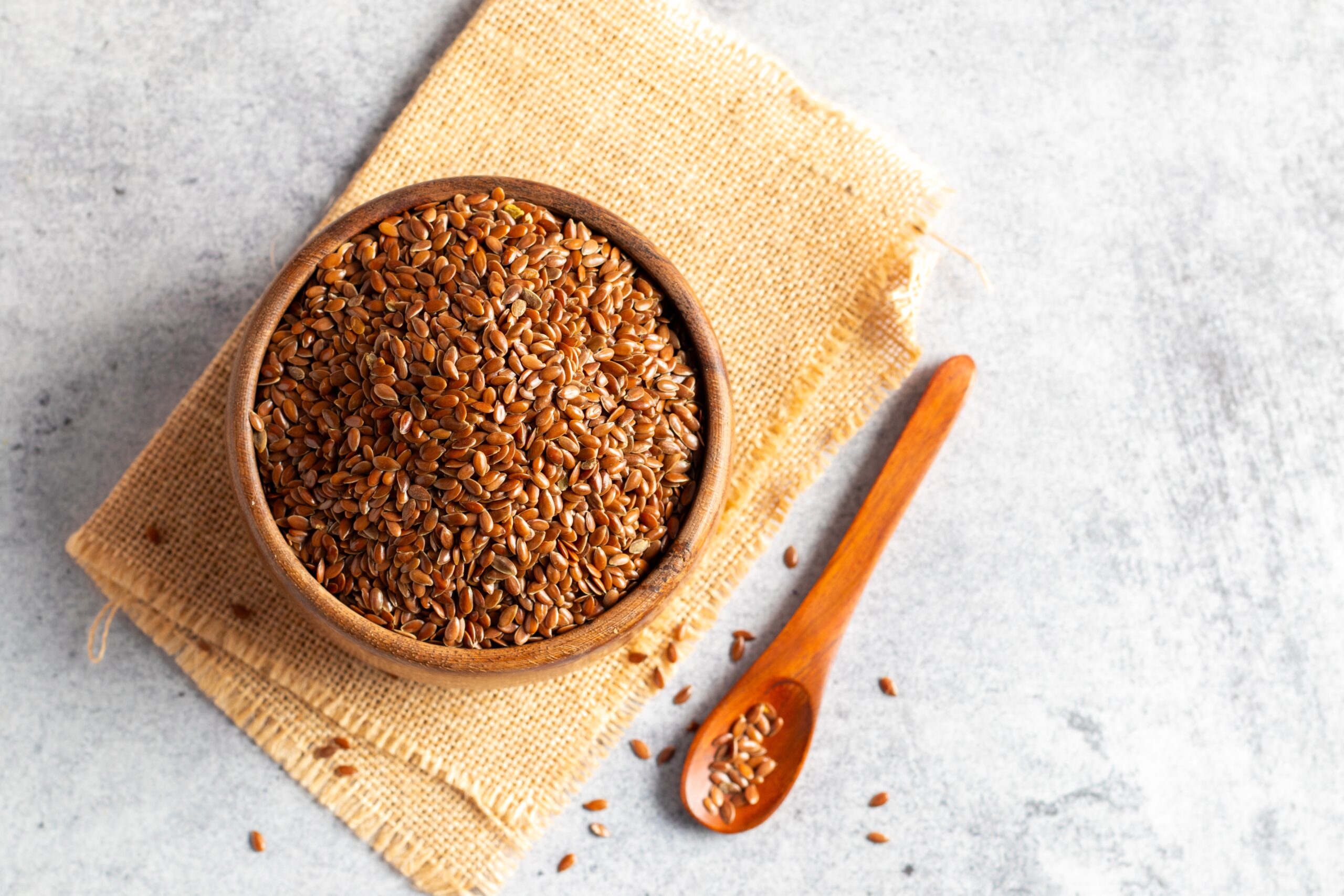
Flaxseeds are low in carbs but rich in fiber and healthy fats, which are essential for blood sugar control. They contain a type of fiber known as mucilage, which forms a gel-like substance in the digestive tract, slowing glucose absorption. Flaxseeds are also a good source of plant-based omega-3 fatty acids, supporting heart health. Adding ground flaxseeds to smoothies, yogurt, or oatmeal can improve your meal’s nutritional profile and help stabilize blood sugar. Their mild flavor makes them easy to incorporate into various dishes without altering the taste.
Beans
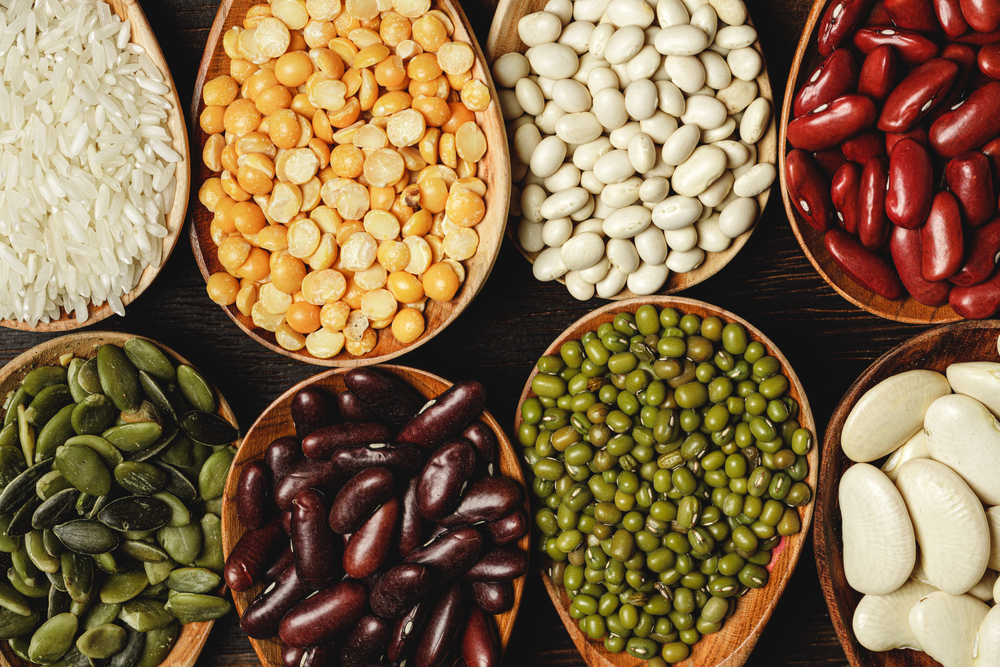
Beans, such as black beans, kidney beans, and navy beans, are high in fiber and protein, making them beneficial for blood sugar regulation. The fiber in beans slows digestion, providing steady energy without spikes in glucose levels. Beans are also rich in iron, magnesium, and potassium, which are crucial for metabolic health. They’re versatile and can be added to soups, salads, or main dishes to enhance their nutritional value. Including beans in your diet regularly can help manage blood sugar and improve overall health.
Spinach
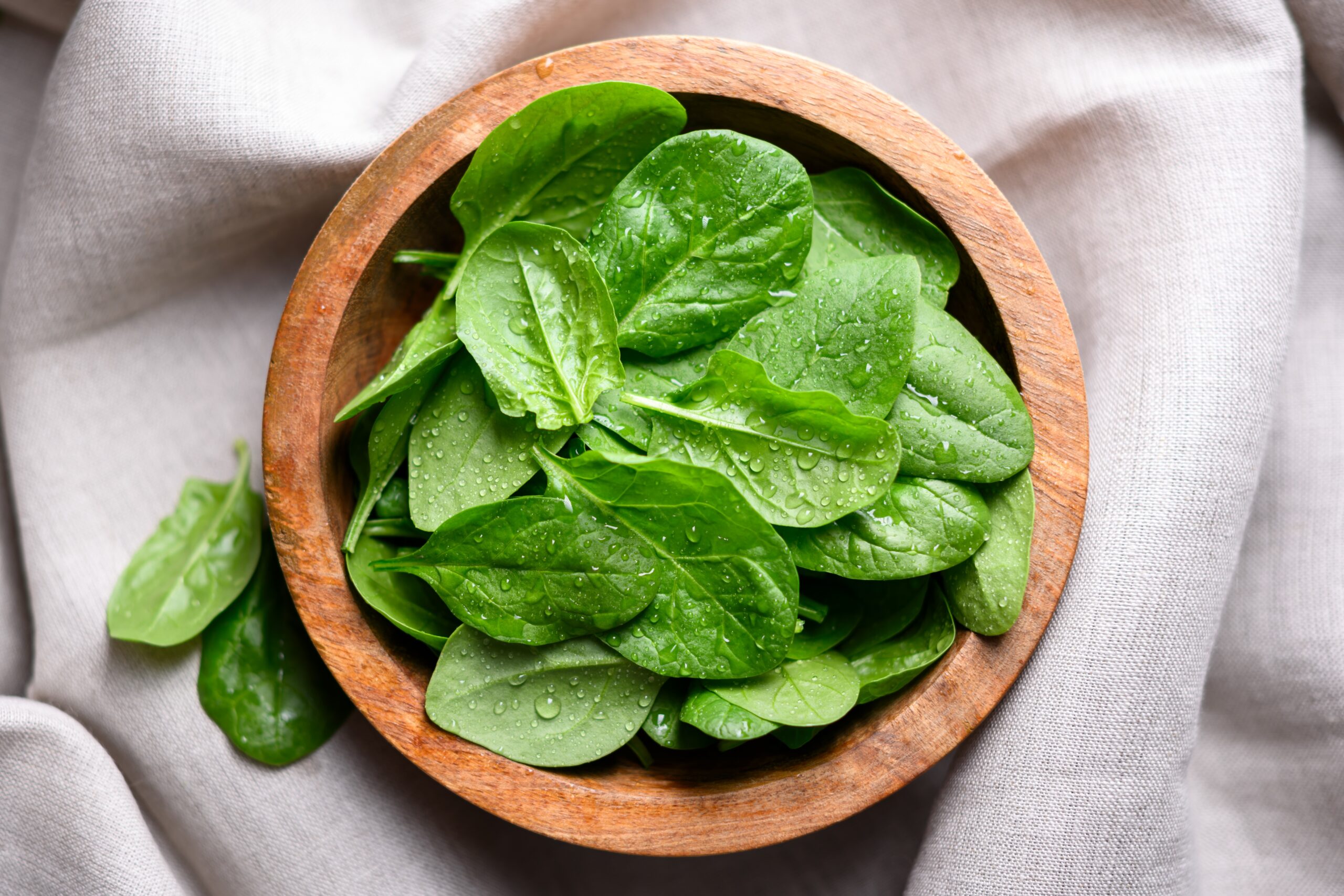
Spinach is a low-glycemic, non-starchy vegetable packed with fiber and essential nutrients like magnesium and vitamin K. These nutrients support blood sugar control and help regulate insulin sensitivity. Spinach is very low in calories, making it an ideal addition to meals without affecting glucose levels. It’s easy to incorporate into salads, smoothies, or cooked dishes for a nutrient boost. The antioxidants in spinach further aid in reducing inflammation, benefiting overall metabolic health.
Barley
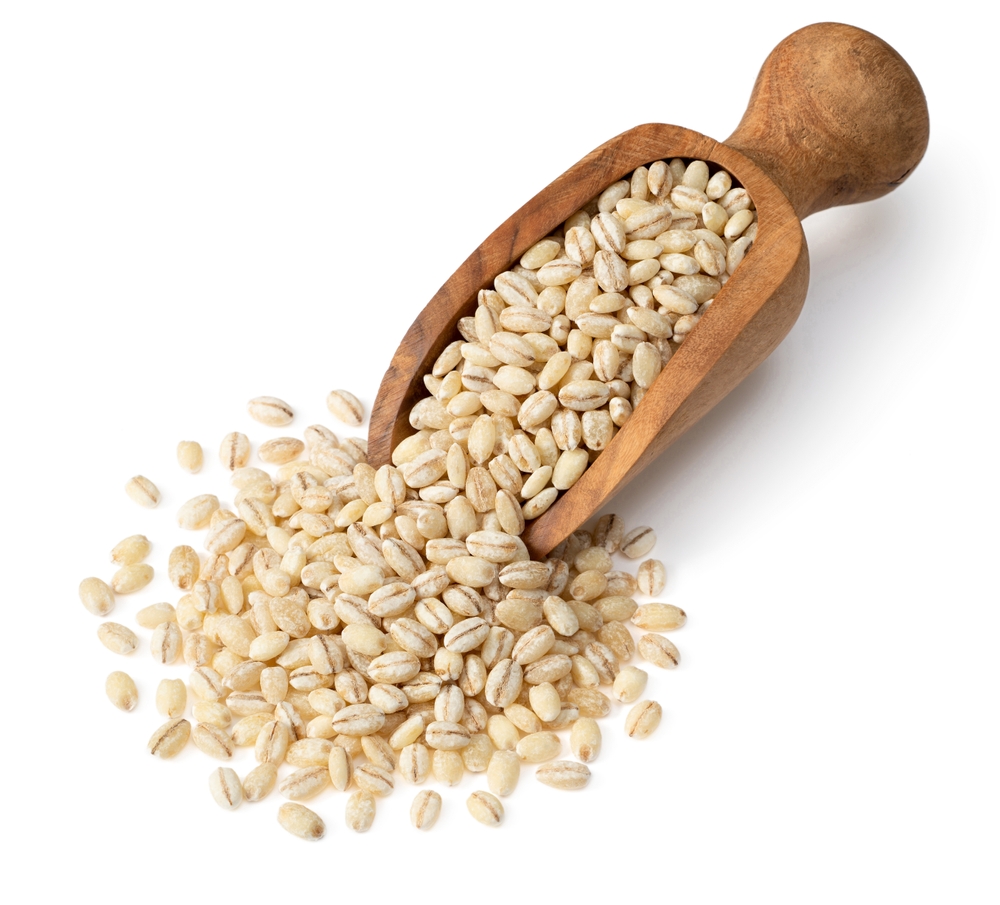
Barley is a whole grain with a low glycemic index and is especially high in soluble fiber, which aids in blood sugar management. The fiber in barley slows carbohydrate digestion, promoting gradual glucose absorption. Barley also contains essential vitamins and minerals, including magnesium, which plays a role in glucose control. It’s a hearty grain that can be used in soups, salads, or as a side dish to replace higher-glycemic options like white rice. Regular consumption of barley may contribute to better blood sugar stability over time.
Oranges
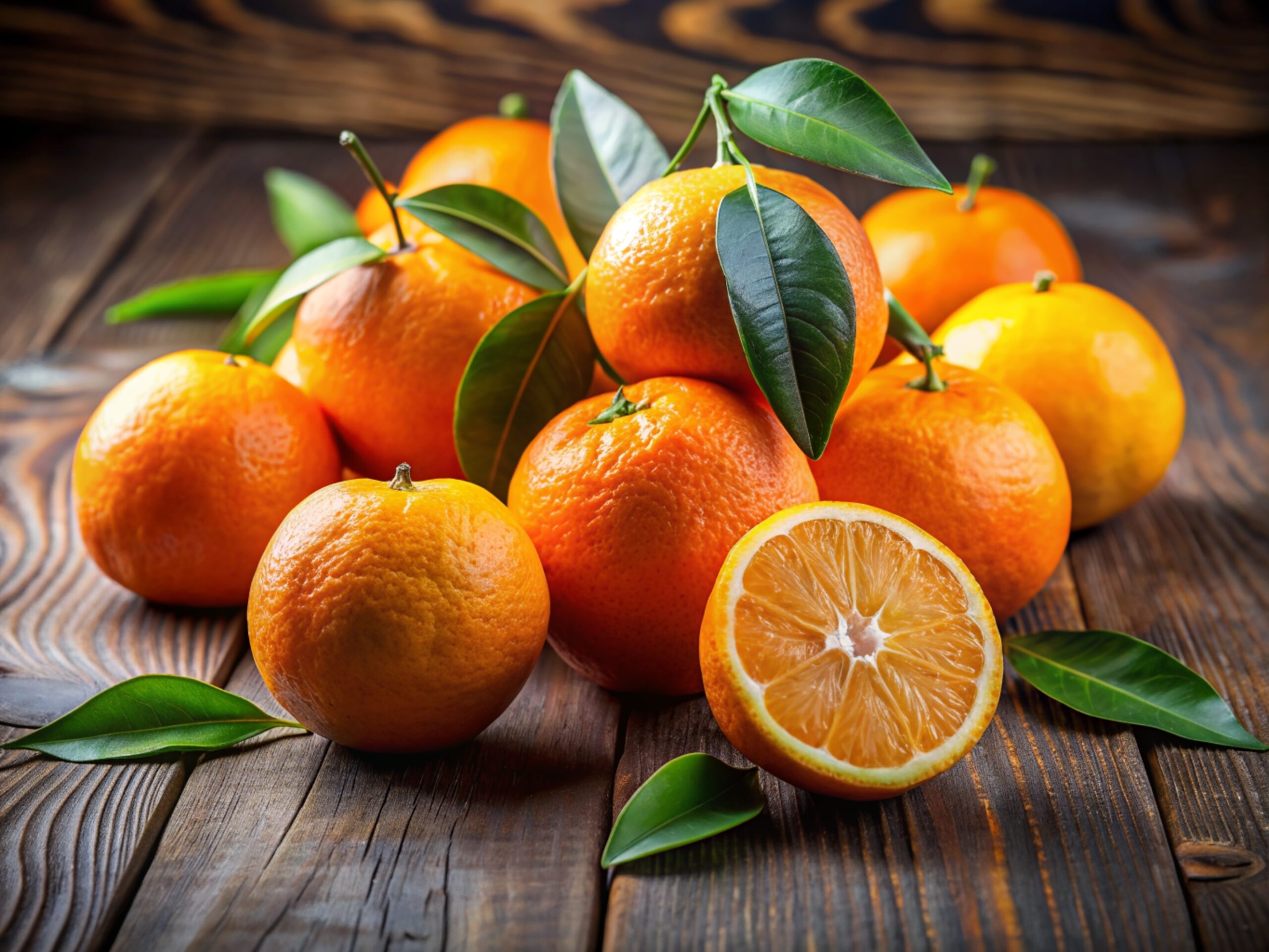
Oranges have a low glycemic index and are high in fiber, especially if eaten with the membrane around each segment intact. The natural sugars in oranges are released slowly, preventing blood sugar spikes and providing a steady source of energy. Oranges are also rich in vitamin C and antioxidants, supporting immune health and reducing inflammation. Choosing whole oranges over juice retains the fiber content, which is crucial for blood sugar control. Including oranges as a snack or part of meals can help satisfy cravings for sweets while managing glucose levels.
This article originally appeared on RetailShout.
More From RetailShout
16 Store-Brand Frozen Foods That Are Surprisingly Delicious
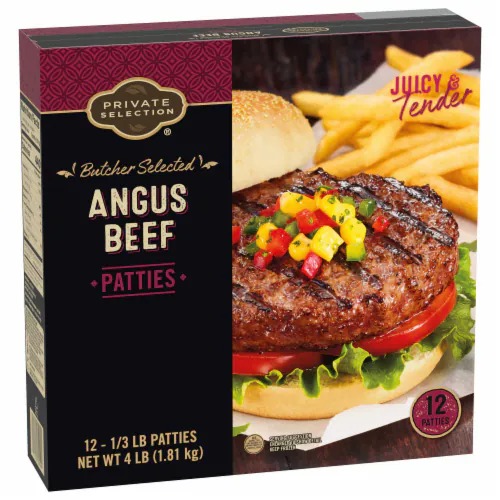
Sometimes, finding a good meal in the freezer aisle feels like a gamble, but the truth is, there are some store-brand frozen foods that are actually worth stocking up on. You’d be surprised how delicious some of these frozen gems are, and they can save you time without sacrificing taste. These frozen foods deliver flavor, convenience, and can quickly become your go-to favorites for busy days. Read More.
15 Affordable Fall Storage Finds at Walmart for Under $50

Finding storage solutions that don’t break the bank is a win, especially as fall arrives with extra gear, decorations, and cozy essentials to stow away. With Walmart’s variety of affordable organizers, you can tidy up your space and make everything easier to reach without stretching your budget. Read More.
18 Traditional Sunday Dinners from the ‘50s You‘ll Want to Try
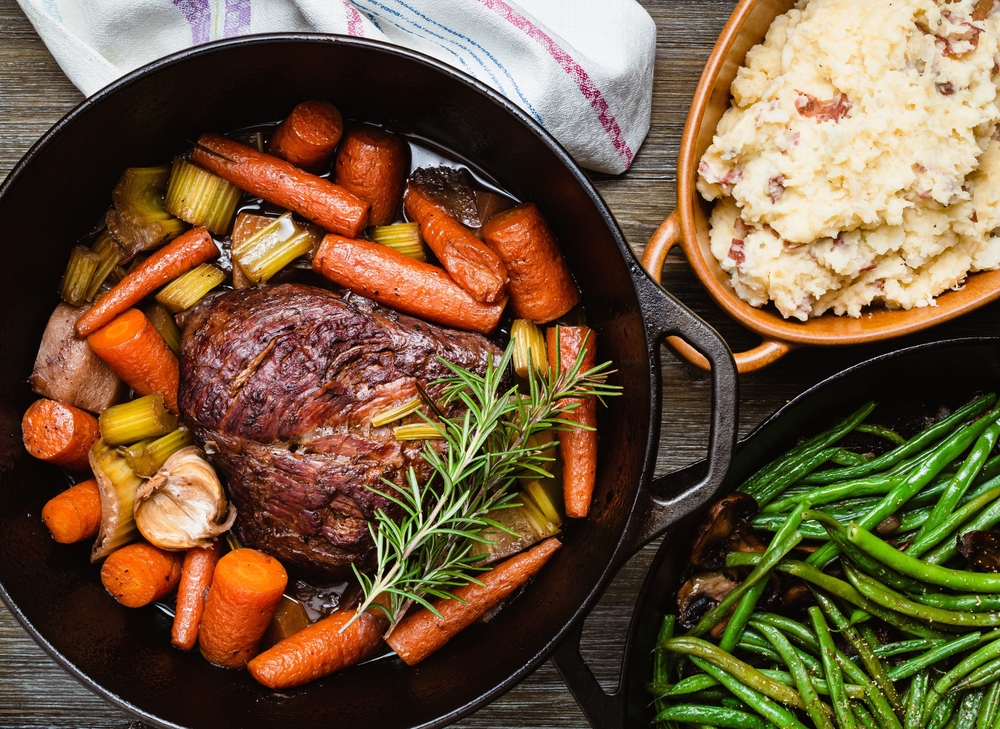
Sundays in the 1950s were all about gathering around the table with family for a hearty, home-cooked meal. These traditional Sunday dinners bring a bit of nostalgia and comfort, reminding us of an era when food was made with love, and meals were a way to bring people together. So, if you want to capture that warmth and simplicity, these 1950s-inspired meals are perfect for your next Sunday gathering. Read More.




